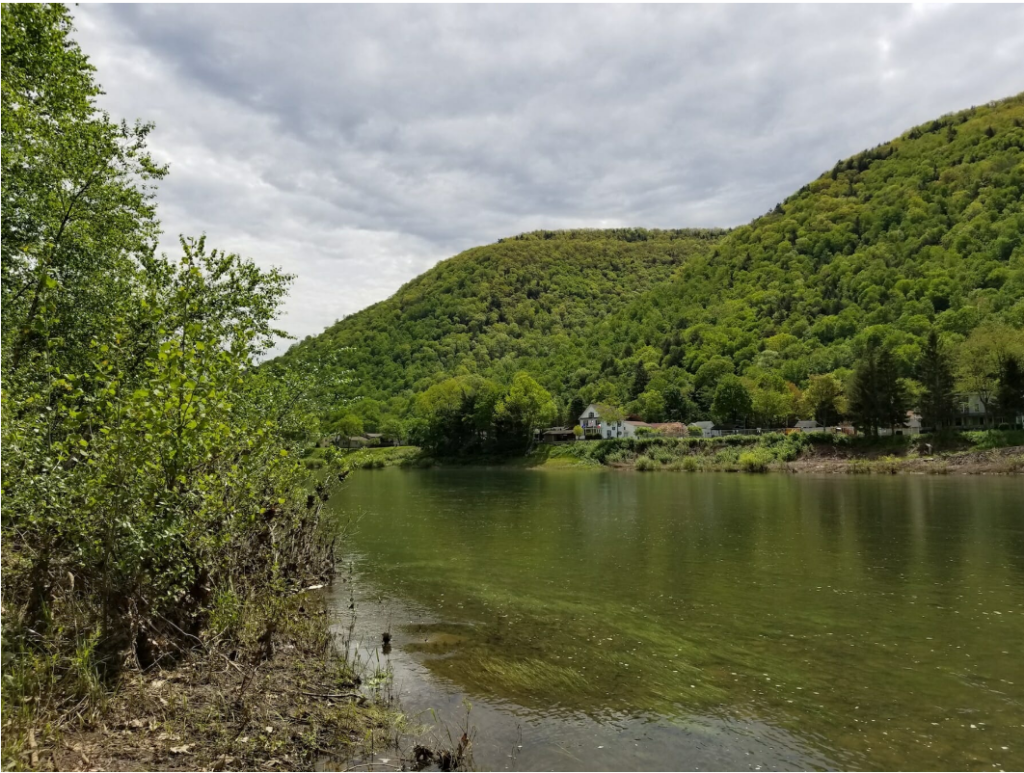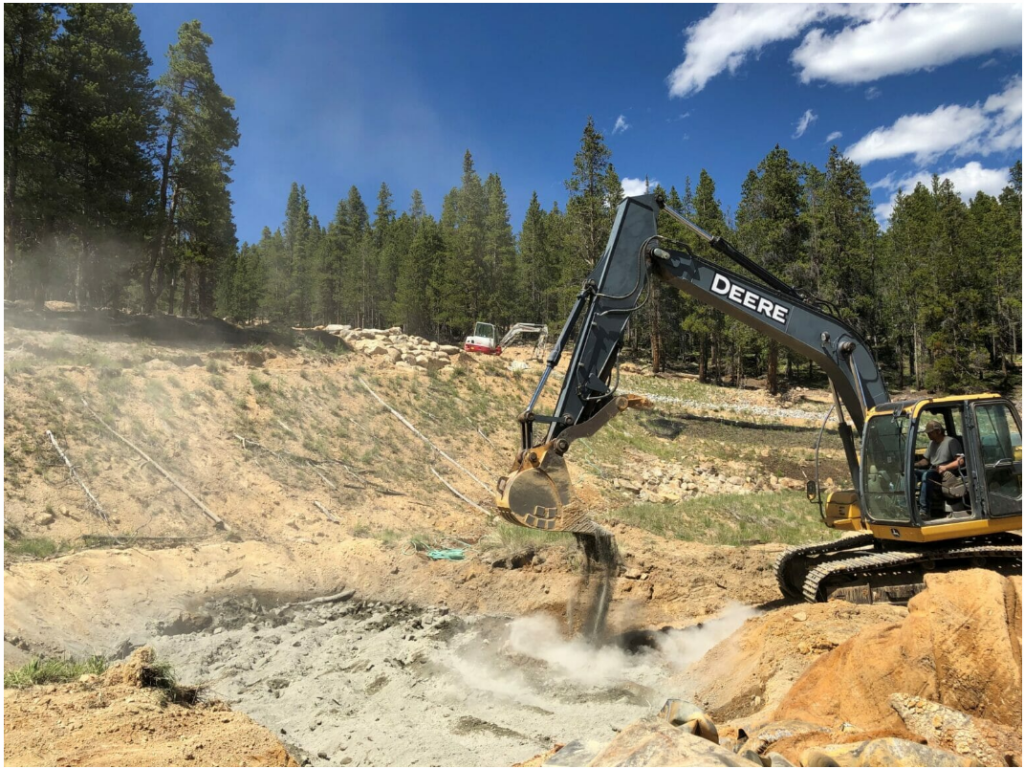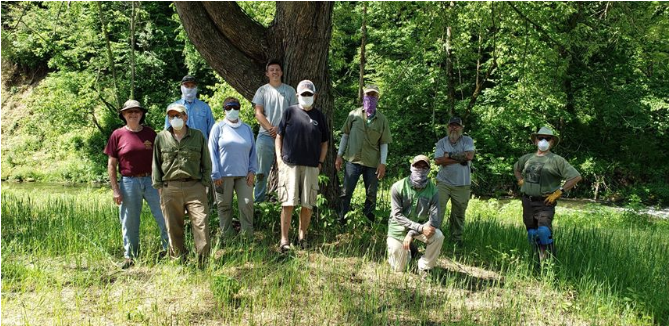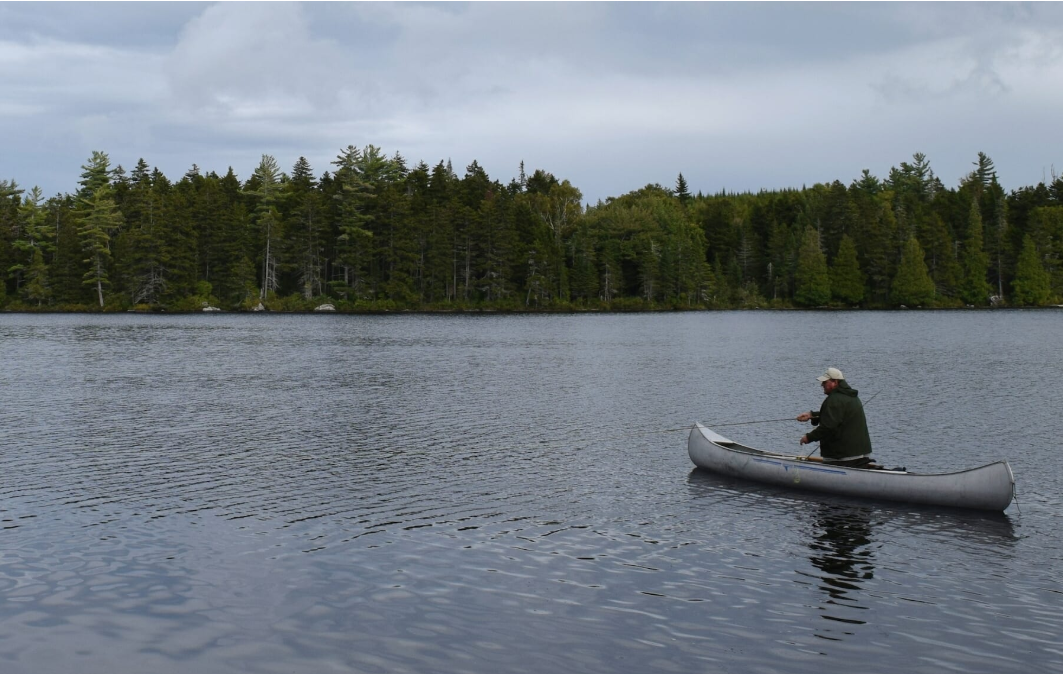Now is the time to double down on our investment in the outdoors.
This summer, the President and a bipartisan majority in Congress have coalesced around an old good idea. Namely, that we as a nation ought to be investing in our public lands. Our parks and forests and wilderness areas are a national endowment, a source of great pride, a cherished destination. Around my office, some of us wear baseball hats that declare them the “Best. Idea. Ever.”
But investing in these places makes particularly good sense in this uncertain moment, with our country rocked on its heels by a pandemic and in desperate need of pathways to economic recovery.
Congress has committed $9.5 billion over five years to maintain and improve our public lands infrastructure, and $900 million a year to the Land and Water Conservation Fund (LWCF), a popular program that creates new recreational opportunities in local communities.
But we should not stop there. Covid 19 has sent people to the outdoors in record numbers. Visitation rates to parks are setting records. New license sales for anglers are at an all-time high. Now is the time to double down on our investment in the outdoors.
We could, for example, be putting people to work cleaning up America’s abandoned coal mines. By continuing to use a small portion of coal mining revenues to clean up and repurpose these scarred landscapes, and by limiting liability for “Good Samaritan” organizations that are willing to do the work, we can help support and revitalize mining communities while restoring streams and game lands.

The benefits to the fish and wildlife are profound. Consider that from 1972 to 2009, abandoned mine clean up in Pennsylvania resulted in a 3,000 percent increase in fish populations in the West Branch of the Susquehanna River.
Coastal communities in the West and the Northeast, meanwhile, are experiencing increasingly intense flooding. We should invest more to help communities address floods, and farmers, drought.
By fully funding agencies such as the U.S. Fish & Wildlife Service and the U.S. Forest Service, we can retrofit road infrastructure to prevent flooding and loss of fish habitat. We can replace aging irrigation systems so western farmers and ranchers use water more efficiently and leave more water in their streams for threatened fish.
And since a changing climate puts all this restoration effort at risk, we need to unlock the renewable energy potential of our public lands while conserving and restoring streams and wild places. A bipartisan bill called the Public Lands Renewable Energy Development Act would do just that.
Those measures and more were part of a sweeping rebuilding package that cleared the House earlier this month. They are all good ideas, ready for action in the Senate today.
Restoration work on our public lands directly creates thousands of family-wage jobs, and fuels a $887 billion outdoor recreation economy that relies on healthy waters and pristine destinations.

In the restoration economy, groups like Trout Unlimited put contractors, machine operators, truck drivers, technicians, and project managers to work on public lands rebuilding culverts, improving irrigation channels, and building abandoned mine treatment systems.
In Oregon, for example, we are working on a “Salmon Superhighway” to open rivers to spawning fish and protect against flood damage. By replacing nearly 100 road crossings over 10 years, we are creating hundreds of jobs, investing $34 million into county roads and river infrastructure, and contributing $54 million to the local economy.
Spending like this translates into tourism dollars. Some $5 million is spent each year on restoration of streams in the “Driftless Area” of the Midwest, where the fishing on the region’s 600 spring creeks is good enough to draw anglers from around the country. Local communities rake in an estimated $1.6 billion in economic activity annually, when figuring in spending on guides, gear, groceries, restaurants, lodging, and more.

Our nation has a long history of looking at our public lands as breadbaskets of commodities—oil, natural gas, timber—waiting to be harvested and brought to market. Today, the American people have a broader–a better–vision.
Our public lands are a source of adventure and joy and inspiration, as many have rediscovered during a pandemic that renders other public spaces less safe. We should recognize that conserving these places is a way-station on a long road to recovery.
Invest in repairing our streams and protecting our forests, and we invest in American jobs. Call it recovery through restoration. The shovels are ready. We just need to commit to the work.
Chris Wood is president and CEO of Trout Unlimited.
Resources: How can you help? It only takes a minute to make a difference.



